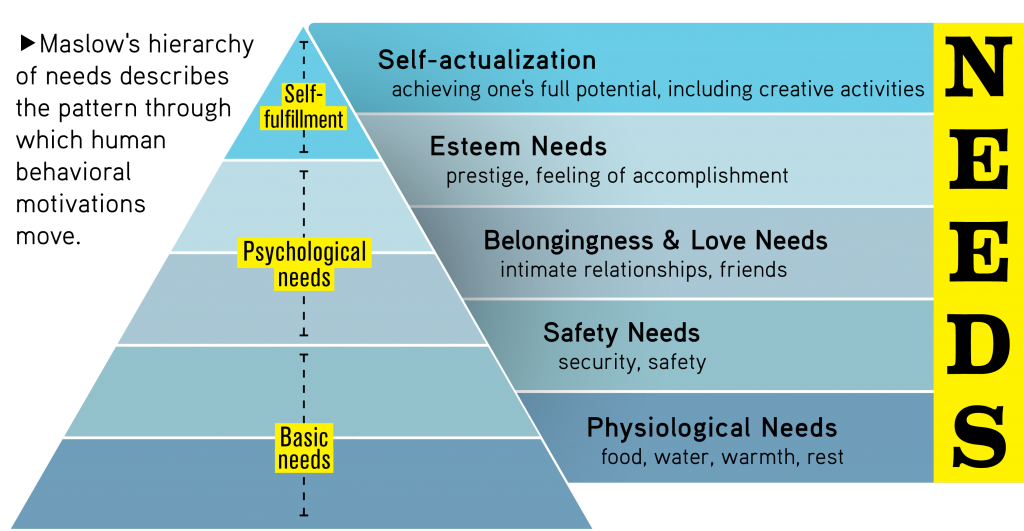Wholesale prices are not something most online retail store owners are familiar with, because manufacturers and distributors are typically the only ones to offer them. As a dropshipper, you’re likely more familiar with the retail environment, but there’s no ban on wholesaling. It’s simply selling many items instead of one, and you don’t even have to make any major changes to the way you’re doing business. On the other hand, it is important to note that wholesale retail isn’t necessarily a good fit for all businesses.
In this article we will discuss what wholesale pricing is, and the pros and cons of offering wholesale prices in your dropshipping business.

What are Wholesale Prices?
In the simplest terms, wholesale prices are what a manufacturer or distributor offers to purchasers. Usually these are only slightly higher than the costs of producing or acquiring goods. For example, if Joe Manufacturer produces a pair of shoes at $1 a pair, he may offer it to Ben Distributor for $1.01 a pair for 100 pairs minimum. Ben will then offer to sell those shoes to Sam Wholesaler at $1.02 a pair for 50 pairs minimum. Sam will then offer to sell the shoes to an end-user at $1.50 a pair.
Of course, the numbers are not really that simple. Many retailers will double or even triple the purchase price for items that are in short supply, or for “branded” items. Alternatively, they may sell at half the purchase price for slow-moving items, just to clear them out. But customer demand is only one driver in setting wholesale prices. There are many other factors to be considered, and one of these is the economy, previously represented by the Wholesale Price Index (WPI).
The WPI derives from a country’s economy. Specifically, it’s based on the “price of a representative basket of wholesale goods.” The US, however, uses the Producer Price Index (PPI) rather than the WPI. The PPI, which is tracked by the Bureau of Labor Statistics, measures the “average change over time in selling prices received by domestic producers of goods and services.” Simply put, it’s the price of goods determined by the costs of manufacturers to produce those goods. The price index in general is important (for wholesalers) because it tracks the supply and demand for a particular type of good. But in the case of the dropshipper, this will only be important in explaining why certain goods are priced the way they are and what goods reflect higher demand (an increase in price). The WPI is typically a reflection on the price of goods prior to retail.

Okay, that was a little bit more technical than your average dropshipper might care to get, but it’s essential for you to understand why certain products, e.g. clothing from China, have a wholesale price much lower than those that are locally produced. The costs of producing these goods are lower in certain countries because the manufacturing, storage, packaging, and tariff costs are lower, and therefore they have a lower price index. This is also an excellent reason to source products from these lower-indexed countries, and why wholesaling may be a viable option as well.
It’s also important to know that the wholesale price does not necessarily mean the lowest price. In most instances, a supplier purporting to be a wholesaler will be offering you goods at prices equivalent to, or even more than, the retail price — unless your supplier is the manufacturer, a major distributor, or you really do buy in high volumes. Obviously, you are out of luck with number three in regards to dropshipping, but it’s possible for you to team up with a manufacturer or a major distributor. And they should be willing to dropship for you, if you do your research. Then you have a chance of offering the lowest possible prices for wholesale buyers.
In most cases, this will mean going for products that aren’t highly competitive or easily obtainable, because you’re less likely to get a good wholesale price and make any profit on popular and readily available items. Niche or unique products may not sell as fast, but you can usually obtain a better deal with the supplier and set a nice markup for yourself. Of course, if the product is so obscure that there’s no competition selling it, you’ll have to work harder to create a demand for it.
When you consider wholesale pricing in your dropshipping business, you’ve got to set the price that gives value to your buyers and leave you with the maximum profit possible. It’s a balancing act but with enough research you can find that sweet spot.
Pros
The beauty of dropshipping is that you can establish your brand with little or no capital outlay in terms of inventory. This gives you the opportunity to grow your reputation as the best, friendliest, most reliable store for the particular products you are selling. It’s just a hop, skip, and a jump from there to go into wholesaling, because you’ve already established your brand.
Wholesaling also gives you the opportunity to earn brownie points with your suppliers. They’ll be happy that you’re brokering a wholesale deal without any extra effort on their part. In all likelihood, they’ll be willing to give you tiered reductions on your purchases. Since they will be able to combine shipping and move more inventory, they can give you first dibs on any new products they may have before offering them to the general public. This will certainly give you an extreme edge over your competitors. It all boils down to choosing suppliers who’ll give you the best prices, so you can offer lower prices to your customers, in turn.

Cons
The competition will always be around to give you a run for your money, so you need to constantly be on your toes. You need to differentiate yourself from the crowd. It doesn’t always have to be a price war; you can offer your customers better payment options or give them the best user experience to keep them loyal.
If you’re selling branded products, you may also be restricted by price point rules that a certain brand may set. They may not want you pricing your products lower than they would, or offering discounts or sales that will cannibalize their own revenues. In such cases, you will have to be content with selling retail.
As a dropshipper, you don’t have deal with the risk of having a large number of items to move, so you can be a little bit more complacent than the regular retailer when it comes to wholesaling. Of course, you also get a smaller discount, but it all evens out in the end.
Recommendations
Wholesaling is a viable option for some retailers. It’s not an either/or situation at all, as you can do wholesale retail and enjoy the best of both worlds. The question is whether you’re willing to do the work necessary to expand your business in that direction.
There’s no better time than now to go into online selling (including online wholesaling) because e-commerce is still in its infancy. There are just so many things going for it.
The e-commerce industry is burgeoning but it has not yet peaked, so if you think that you’re ready to go into wholesaling you’d better start negotiating with your suppliers to establish a wholesale price list template. There are apps that can help you handle the transition, as well as provide you with an automatic system for multiple levels of wholesale pricing for specific customers who buy in bulk. These apps include such names as Customer Pricing and Supple Wholesale. Or, you can always do it manually. If you’re selling only a few items, it may not be worth the $19 or so a month for a full-featured app.
So there you have it: Our two cents on the benefits of offering wholesale prices to your customers. If you have any questions, comments, or suggestions regarding wholesale prices for dropshippers, leave them below in the comments!
I’m telling you about this, because I believe in giving information regarding PPC advertising
forward,
I don’t know how much longer people accepting new technology , so you had better check it out now if you can.
Just click the link below to get started:
Discover more from Personal Blog of Richard Tong
Subscribe to get the latest posts sent to your email.





Thanks-a-mundo for the post.Much thanks again. Really Great.
I love what you guys are up too. This sort of clever work and exposure!Keep up the amazing works guys I’ve added you guys to blogroll.
Truly when someone doesn’t be aware of afterward its up to other viewers that they will help,so here it occurs.
You will arrive at $32.50, which means you need to threat that much to win $25.
i need help with my assignment – my mother essay writing help writing papers for college
I do not even understand how I finished up here, however Iassumed this post was once good. I don’t recognise who you are however certainly you are going to a famous blogger in case you aren’talready. Cheers!
Im thankful for the blog.Thanks Again. Keep writing.
Very great post. I just stumbled upon your blogand wished to mention that I have really loved surfing around your blog posts.In any case I’ll be subscribing on your feed and I hope you writeagain soon!
What a stuff of un-ambiguity and preserveness of precious knowledge regarding unpredicted feelings.
This was a very good piece of content. Thank you for creating it. I’ll return for some more.
Say, you got a nice blog.Much thanks again. Awesome.
Very neat article.Really thank you! Really Cool.
Major thanks for the post. Really Great.
Very informative article post.Thanks Again. Will read on…
Thanks a lot for the article.Thanks Again. Awesome.
I truly appreciate this blog post.Thanks Again.
Very informative article post. Awesome.
These are in fact wonderful ideas in about blogging. Youhave touched some pleasant points here. Any way keep up wrinting.
Really enjoyed this article.Much thanks again. Will read on…
Very good article.Really thank you! Really Great.